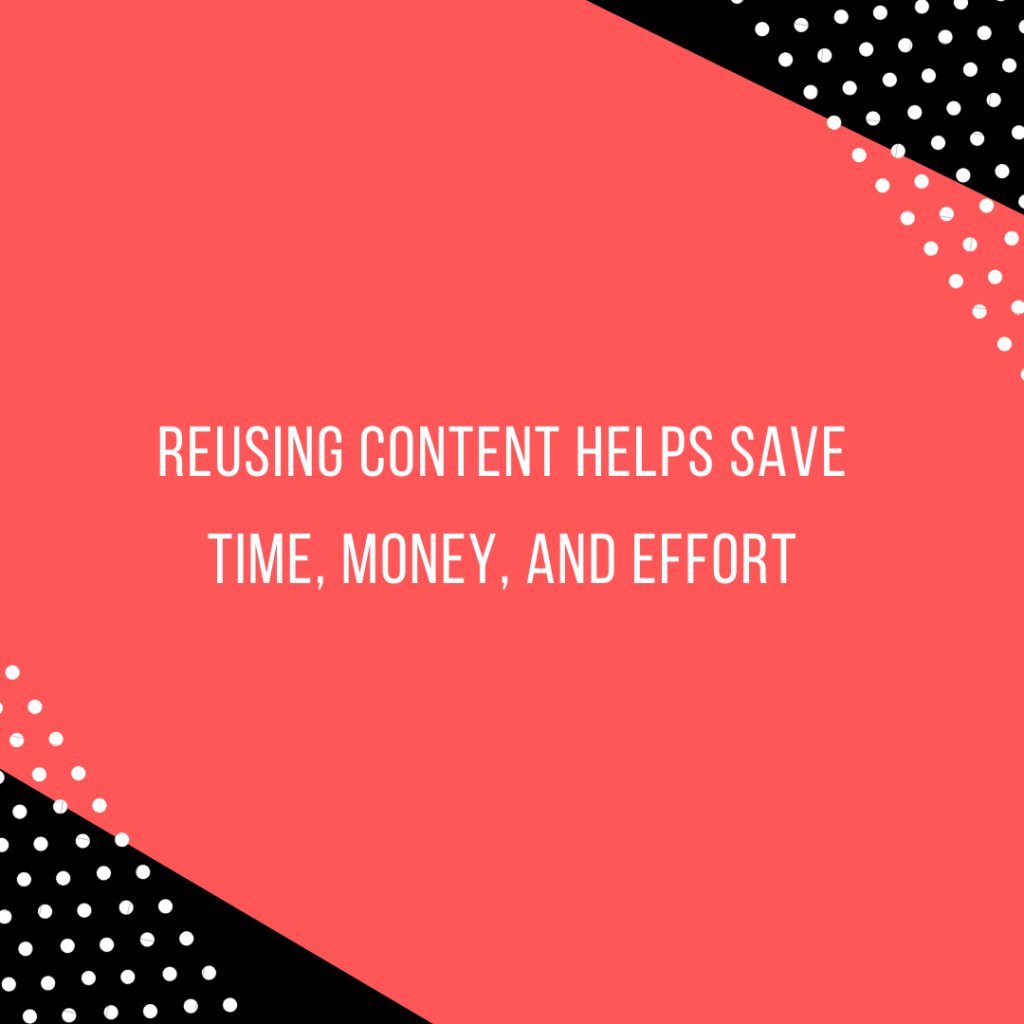Intranets are an integral part of your organization’s internal communication.
But honestly, that’s something most organizations tend to forget. Just think about it. How often have you seen a well-designed intranet with information that is easy to find?
According to a survey by Workvivo, while 85% of companies have an intranet, a whopping 57% of employees have said they find no value in their company’s intranet.
Sounds scary? We have shared some scary intranet usage facts on our blog earlier.
There are a lot of factors about why intranets are highly beneficial to an organization. And because of this, it becomes necessary to give ample thought before designing an intranet website.
In a research conducted by Javier A. Bargas-Avila *, Jonas Lötscher, Sébastien Orsini and Klaus Opwis, they identified 12 factors that contribute to the success of a good intranet website. Six content quality factors and six usability factors.
In the first part of this analysis, we will discuss the 6 content factors to consider while designing your intranet website.

1. Content Relevancy
Employees visit the intranet website to find answers to their questions. While it might feel intuitive to dump all company-related information on the intranet, it can actually prove to be counterproductive.
Just like an external-facing company website, the content for the intranet website should also be carefully planned. Only upload relevant content. It shouldn’t turn to be a dumping ground.
Also remember that the more information you have on the intranet, the difficult it becomes to manage it. The information management becomes a pain.
When in doubt, always go for quality over quantity.
2. Up-to-dateness of Content
From the statistics we have, 21% of companies end up dumping a lot of outdated content on their intranet website.
For years, this has been a major issue. Especially with larger organizations with thousands of pages on their intranet, at least a few pages would end up having outdated content.

It is in these situations that the role of an Intranet Manager/Content Manager becomes important. The person has to outline a life cycle for each content. Maintain a content calendar with the ‘expiry date’ of the content to ensure that there is no outdated content on the intranet website.
This further adds to a higher percentage of relevant content on the intranet website.
3. Ease of understanding of content
Consider an example. Each department within a company updates its own content on the intranet. What is the issue here?
The finance team might update content in their language and the HR team might update content in theirs, without any regard to whether this content would be understood by all employees across the organization.
It is in these situations again that it becomes important to make all content accessible, in every manner.
Depending on who might have access to the content, the ease of understanding should be high, with as little technical jargon as possible.
When in doubt, create content with ease of reading set to the lowest level of expertise needed within your organization.
Remember, the content should not become inaccessible just because someone is not able to understand it.
4. Content Reusability
With structured writing and proper planning of content for the intranet, every piece of content can be designed for reuse.
Instead of writing repetitive content in various places, preferably link to a common page/section so that you would only need to edit the content in one place. Or as some CMS might allow you to, create content blocks such that you can use the same block in multiple places.

While reusing content does help save time, money, and effort, it also helps with increased consistency and quality across your intranet website.
5. Content Quality
Just because the content is on your internal-facing intranet and not on the public domain, does not mean you treat it like a second-class citizen.
Treat it with the same dedication and importance as you would treat your main website.
That is saying, don’t use your intranet as a training platform for your content writing interns to post content. Writing content for the intranet website requires the same level of knowledge and domain expertise as any other writer in your organization.
As long as your content is relevant, up-to-date, easy to read and reusable, it will be of high quality.
6. Support Quality
I know this might come as a surprise, but the support quality (online support, chat-bot, help-desk) of your intranet website is also an important content factor to consider.
When a user is unable to find some information that they are looking for, the quality of support provided determines the satisfaction of the user.
Based on how you have set up the support mechanism – manual (helpdesk) or automated (chatbot), the content delivered through these channels is important too. Ensure you consider this factor too when designing your intranet.
So, what do you think about the content quality factors for designing an intranet website?
Did we miss anything? Or have we added anything that isn’t important enough to be on this list?
Let us know. We’ll be happy to hear your thoughts.
Want to join our small but awesome community? Just drop in your email below and we’ll buzz you in.
Photo by NeONBRAND on Unsplash




Aptly said. Organizations tend to take the intranet very lightly compared to their website. Intranet should be given the same importance. It is a place to bring the people together, give clarifications, training and so much else. A well thought article which has become more relevant in the recent times where most of the employees have started working remotely.